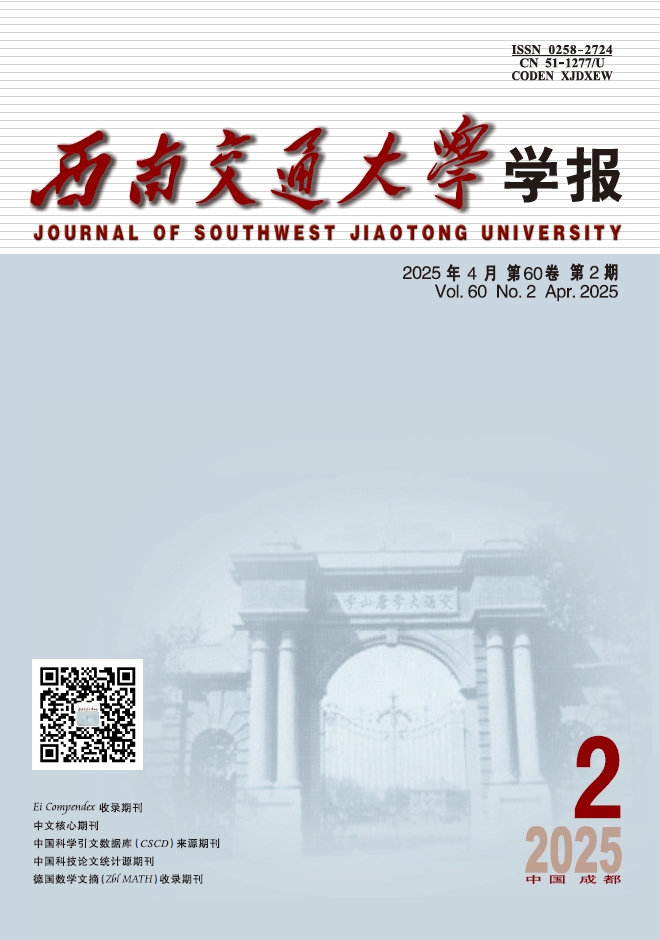2003 Vol. 16, No. 1
Display Method:
2003, 16(1): 1-3.
Abstract:
2003, 16(1): 4-7.
Abstract:
2003, 16(1): 8-11.
Abstract:
2003, 16(1): 12-16.
Abstract:
2003, 16(1): 17-21.
Abstract:
2003, 16(1): 22-27.
Abstract:
2003, 16(1): 28-33.
Abstract:
2003, 16(1): 34-37.
Abstract:
2003, 16(1): 38-42.
Abstract:
2003, 16(1): 43-48.
Abstract:
2003, 16(1): 49-52.
Abstract:
2003, 16(1): 53-56.
Abstract:
2003, 16(1): 57-59.
Abstract:
2003, 16(1): 60-63.
Abstract:
2003, 16(1): 64-69.
Abstract:
2003, 16(1): 70-74.
Abstract:
2003, 16(1): 75-79.
Abstract:
2003, 16(1): 80-83.
Abstract:
2003, 16(1): 84-86.
Abstract:
2003, 16(1): 87-91.
Abstract:
2003, 16(1): 92-96.
Abstract:
2003, 16(1): 97-101.
Abstract:
2003, 16(1): 102-105.
Abstract:
2003, 16(1): 106-110.
Abstract:
2003, 16(1): 111-114.
Abstract:
2003, 16(1): 115-118.
Abstract:




 Advance Search
Advance Search
 Email alert
Email alert RSS
RSS [Abstract]
[Abstract] Supplements
Supplements [Cited By]
[Cited By]